Potty Training Without Power Struggles: What Really Works
Potty training often becomes a battlefield between determined parents and equally determined toddlers, creating stress and setbacks that can drag the process out for months. The secret to successful potty training isn’t finding the perfect method or timeline – it’s recognizing that this milestone happens when your child is developmentally ready and approaching it with patience rather than pressure. Every child develops at their own pace, and pushing too hard too early often backfires, creating resistance and anxiety around bathroom independence. By following your child’s lead, staying consistent with gentle encouragement, and maintaining realistic expectations, you can help your toddler master this important skill while preserving everyone’s sanity and self-esteem.
Wait for Clear Readiness Signs
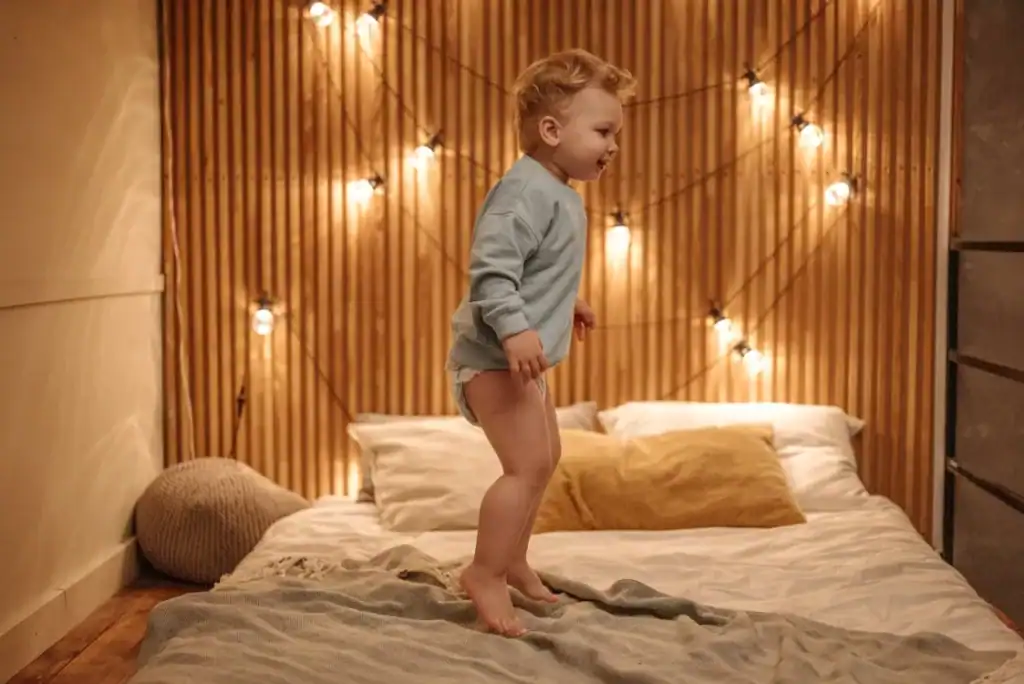
Look for multiple indicators that your child is developmentally ready, including staying dry for longer periods, showing interest in the toilet, communicating bathroom needs, and demonstrating physical stability. Rushing the process before readiness often leads to frustration and setbacks. True readiness makes the entire process smoother and more successful.
Choose Your Timing Wisely
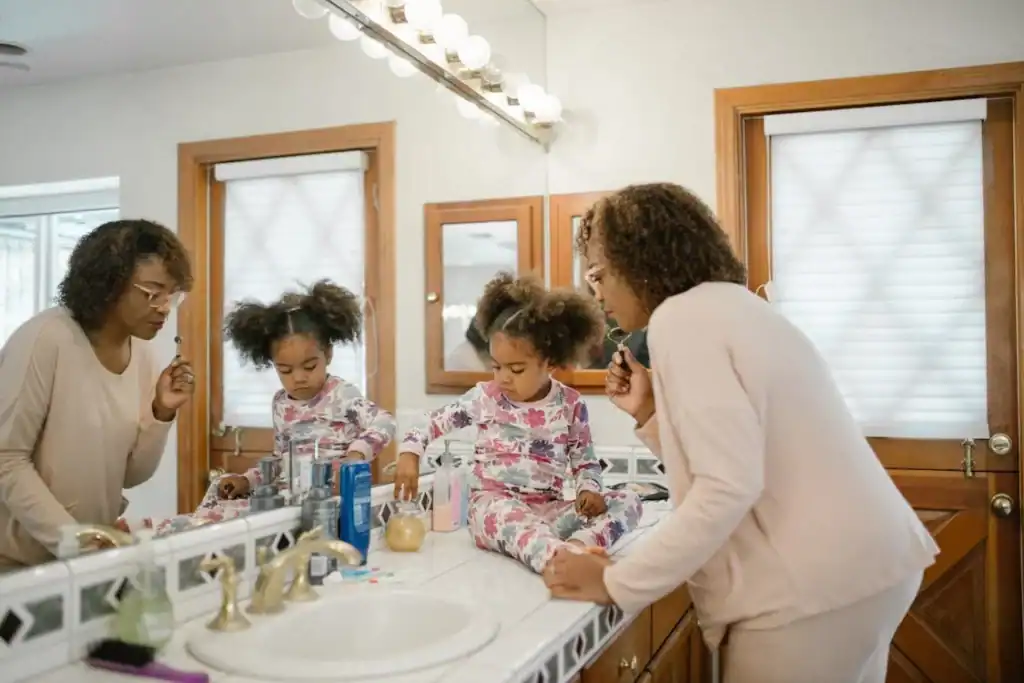
Start potty training during relatively calm periods without major life changes like new babies, moves, or schedule disruptions. Avoid beginning during stressful times when your child needs extra security and routine. Consistent availability and patience from caregivers significantly impacts success rates during the initial learning phase.
Create a Positive Bathroom Environment
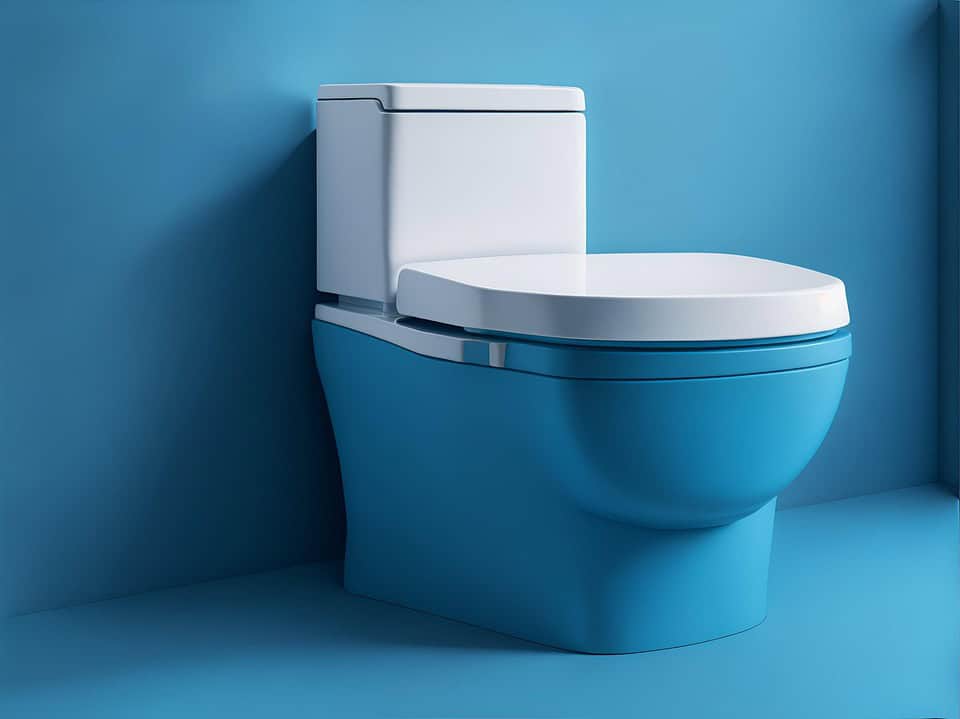
Make the bathroom welcoming and accessible with a comfortable potty chair or toilet seat insert, step stool, and special underwear your child helped choose. Consider adding books, stickers, or quiet activities specifically for potty time. A pleasant environment reduces anxiety and creates positive associations with bathroom independence.
Establish Consistent Routines

Develop predictable potty schedules around natural timing like after meals, before baths, and upon waking. Consistency helps children anticipate and prepare for bathroom breaks while building habits. Regular timing also increases success rates and reduces accidents during the learning process.
Use Positive Reinforcement Strategically

Celebrate successes with enthusiasm while keeping rewards simple and temporary, such as sticker charts, special underwear, or extra story time. Avoid elaborate reward systems that become difficult to maintain or phase out. Focus more on pride and accomplishment than external motivators for lasting success.
Handle Accidents with Calm Acceptance
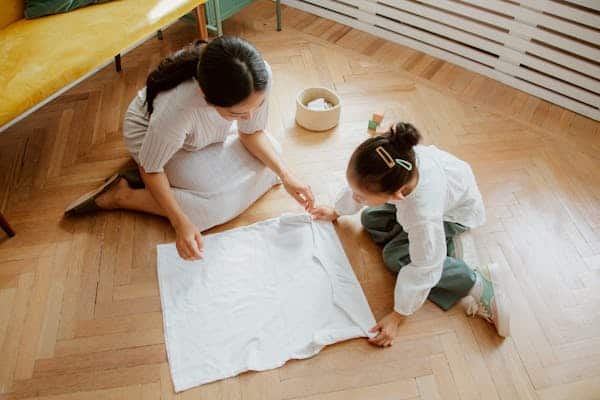
Respond to accidents matter-of-factly without shame, frustration, or disappointment, which can create anxiety and resistance. Simply clean up together and remind your child that learning takes practice. Your calm reaction helps maintain your child’s confidence and willingness to keep trying.
Avoid Common Pressure Tactics

Resist comparing your child’s progress to others, setting arbitrary deadlines, or using shame-based motivators that create power struggles. Avoid forcing prolonged sitting on the potty or making bathroom use conditional for other activities. Pressure often backfires and extends the training timeline significantly.
Address Regression Understanding

Expect temporary setbacks during illness, stress, or major changes, and respond with patience rather than frustration. Regression is normal and temporary when children are processing new experiences or challenges. Returning to previous routines and extra support helps children regain confidence and skills.
Maintain Consistency Across Caregivers
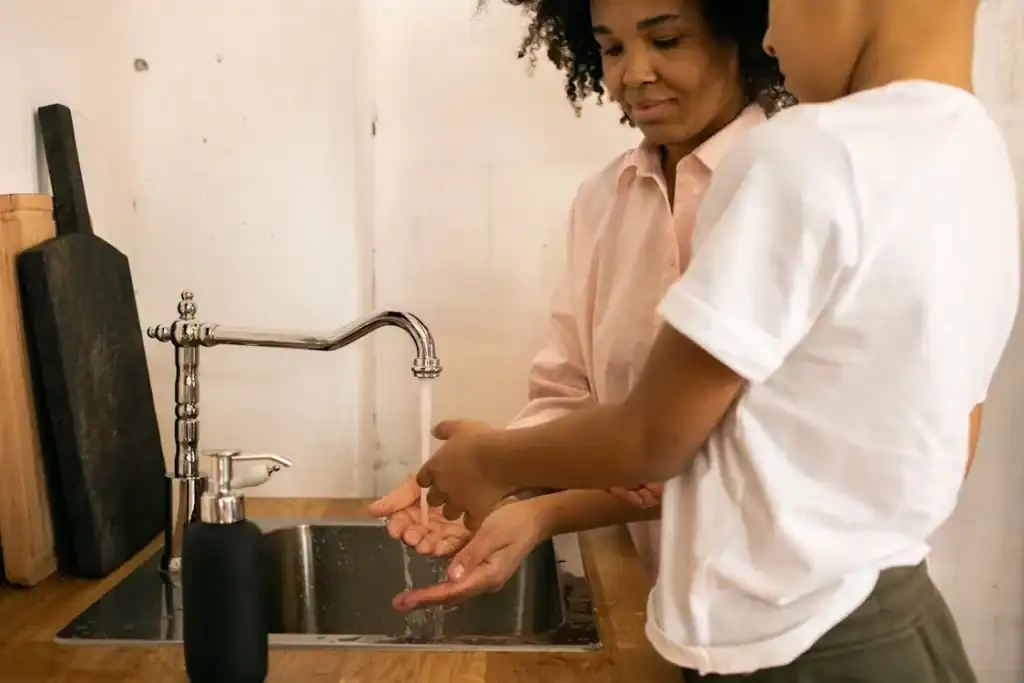
Ensure all caregivers use the same approach, terminology, and expectations to avoid confusing your child with mixed messages. Communicate your strategy clearly with daycare providers, family members, and babysitters. Consistency across environments significantly improves success rates and reduces confusion.
Know When to Take Breaks

Recognize when your child is becoming resistant, anxious, or regressing significantly, and consider taking a break from active training. Sometimes stepping back for a few weeks allows developmental readiness to catch up with expectations. Returning to diapers temporarily isn’t failure – it’s responsive parenting that prioritizes your child’s emotional well-being.





